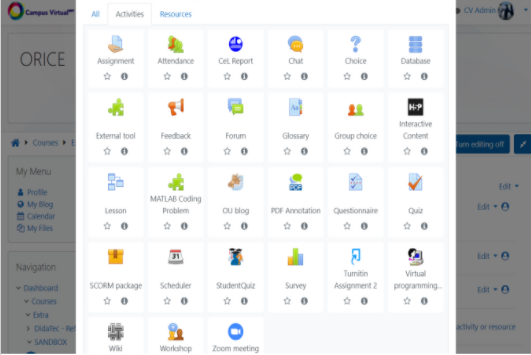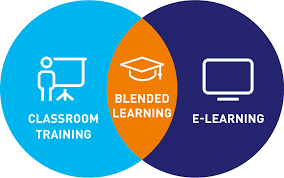The Jupyter Notebook has exploded in popularity since late 2014, fuelled by its adoption as the favourite environment for doing data science. It has also grown as a platform to use in the classroom, to develop teaching materials, to share lessons and tutorials, and to create computational stories.
Educators everywhere are adopting Jupyter for teaching. This resource can be very useful for any educator teaching a topic that includes data analysis or computation to support learning. It is not just for educators teaching courses in engineering or science, but also data journalism, business and quantitative economics, data-based decision sciences and policy, quantitative health sciences, and digital humanities.
Jupyter notebook needs to be considered as part of a broader framework, the Project Jupyter*, that consists of:
- a collection of standards
- a community
- a set of software tools.
Jupyter Notebook is a free, open-source, interactive web tool software that creates a Jupyter notebook. A Jupyter notebook is a document that supports mixing executable code, equations, visualizations, and narrative text. This marriage of content and code makes for a powerful new form of data-based communication. Specifically, Jupyter notebooks allow the user to bring together data, code, and prose, to tell an interactive, computational story. Whether analysing a corpus of American Literature, creating music and art, or illustrating the engineering concepts behind Digital Signal Processing, the notebooks can combine explanations traditionally found in textbooks with the interactivity of an application. Notebooks can be used as textbooks, workbooks, worksheets, notepapers, apps, lab reports, interactive multimedia platforms, demonstration platforms and live coding environments.
Jupyter scores are very high in the 6 areas of the Digital Competence of Educators framework (DigCompEdu) used by ACADIGIA teams to assess the contribution of the most well-known blended and online teaching and learning tools. In particular, it performs very well in the category of supporting teaching and learning. Due to the versatility of the notebooks, they can be used to organize materials and objects for students, perform living coding, support self-paced learning, grade homework.
* Project Jupyter is a broad collaboration that develops open-source tools for interactive and exploratory computing. The tools include: over 100 computer languages (with a focus on Python), the Jupyter Notebook, JupyterHub, and an ecosystem of extensions contributed by a large community.








